Dance, Fitness and Your Period - Maximising your health and comfort while exercising during your cycle
Every female dancer and fitness enthusiast goes through this perfectly natural and extremely common experience - exercising or dancing while on your period. Yet, most ladies and girls feel slightly embarrassed when this happens. Which one of us hasn't hastily shoved our hygiene products into our pocket, hoping no one caught a glimpse of it, as we rush down to a restroom, or hasn't repeatedly have to check our clothes and seats to make sure we haven't stained ourselves? Too often, we're so embarrassed that we suffer through the cramps and the discomfort in silence, even though there is absolutely no need for this.
Your period is a natural part of your bodily routine, and because it happens regularly, knowing how to best prepare your dance/fitness routine for when your period comes can save you a lot of emotional and physical stress. The problem is that because most ladies are too shy to openly discuss it, it is not always easy to find advice on how to adapt your fitness and dance habits to maximise your personal comfort when it occurs. This is why we've collated some advice on what you can do to minimise the pain and discomfort caused by your period, thus minimising its impacts on your dance and fitness journeys.
1. Use a tracking app
It is generally a good idea to keep track of your period so that you can plan your schedule ahead of time. Tracking apps (such as the iPhone's health app, or Flo) help you keep track and predict when you might be getting your period, where you are in your menstrual cycle, how heavy a flow you might be experiencing, and based on your past records, what symptoms you might be experiencing.
This is important for a couple of reasons. First, knowing when the first few days of your period might occur, as well as when your flow will be heaviest, will help you plan to avoid too strenuous activities. Especially for those who experience symptoms (such as cramps, headaches and/or nausea), avoiding intense activities can help minimise your physical discomfort. Instead, you can adjust your schedule and take classes on at another time, or plan for lighter activities that aren't so physically demanding. Even if you can't avoid strenuous activities entirely (e.g. for those fitness and dance instructors out there), being aware that your period might coincide with your fitness plans gives you the ability to prepare before hand, e.g. planning your day to ensure you have sufficient rest and recovery time after your training. Additionally, just being aware of the types of symptoms you might experience, or experience regularly, will make you less panicked when you experience them, and allows you to have the necessary products and medication with you on standby.
Second, knowing where you are in your menstruation cycle can help you tailor your goals and expectations for the week. Due to the fluctuation in hormones (namely estrogen and progesterone), you're likely to feel more or easily tired during your period, and generally less productive. In addition to hormones, symptoms like those listed above will also affect your energy levels and mood, making you feel more lethargic. Being aware of this means you can plan your dance and fitness goals to take into consideration this drop in productivity, and will also prevent you from getting frustrated with yourself since you are aware of the causes behind it.
2. Emergency period kit
This is especially important for those experiencing irregular periods, but is also just good advice for everyone. Our bodies are not machines. Even for those who have regular periods, every now and then your body's cycle may go off track, and your period may come when you don't expect it to. For this reason, it is always good to keep an "emergency period kit" in your dance or fitness bag. This should include a few pieces of your sanitary product of choice (pads, tampons, a menstruation cup) and your preferred pain relief medication for any symptoms you might experience.
An additional bonus of always having this with you is that you may be able to help a friend in need! As a dance and fitness community, we should always be supporting each other, and being able to help and unprepared friend out is a small but meaningful way to support other dancers and fitness goers.
3. Dress for comfort and convenience
Being on your period means that you're likely going to feel more bloated than usual, so dressing for comfort is key. If your dance style allows it, opt for more loose fitting clothing to help you feel more comfortable. If you dance in an activity that requires tight fitting clothes (e.g. a leotard for ballet, or tights for yoga), go for options made of softer and more comfortable materials that have greater stretch to them (such as danceknit) to maximise your comfort.
You may also feel a little more conscious when you're on your period, especially with regards to your lower body. Opting for something with a little more coverage may help you feel more at ease. Choosing a biketard instead of a unitard, long pants instead of shorts, or wearing a longer and less sheer skirt may be useful options!
It is also worth remembering that you're more likely to use the restroom during your period, so it is important that you dress for convenience as well. If your dance style allows you to, avoid one-piece clothing as they may cause more hassle when using the bathroom. Go for a top and a pair of shorts/pants rather than a leotard to minimise the inconvenience of going to the bathroom. If you prefer/have to wear a leotard, consider wearing one that has a popper-fastening at the crotch.
4. Rest, hydrate, and breathe
As mentioned above, it is very common to feel more tired when you're on your period, or experience cramps and other body aches, because of the change in your hormones. Depending on the intensity of your activities or your personal experiences with your period, you may also feel light headed or nauseous at times. When you experience any of these, immediately stop what you're doing and do not force yourself to continue. Continuing to strain your body when you experience these symptoms is likely to worsen them. What you should do is rest and take time to recover from any pain you're experiencing. Take deep breaths (if you're light headed or nauseous, going outside and getting some fresh air would be even better if possible) to help alleviate your discomfort, and keep hydrated by drinking lots of water. Take the necessary medication you need. If you have a heat pack or hot water bottle with you, applying heat to your abdominal area may also be useful. Only return to your activity when you feel comfortable to do so, and ease yourself back in slowly.
If you need to train in your dance or fitness activity on heavy flow days, remember to train in small intervals with time to rest and recover in between. This ensures that you are still able to train, but do not compromise your own health and comfort in doing so. Set out a specific activity that you want to do within a pre-determined block of time (e.g. 15 to 20 minutes). After which, make sure you take a break to recover, hydrate and assess your physical situation. If you still feel fine, you can continue with your next exercise, but if you feel sick or pain, listen to your body and continue to rest.
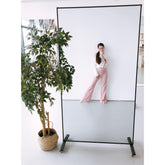

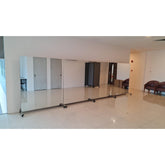



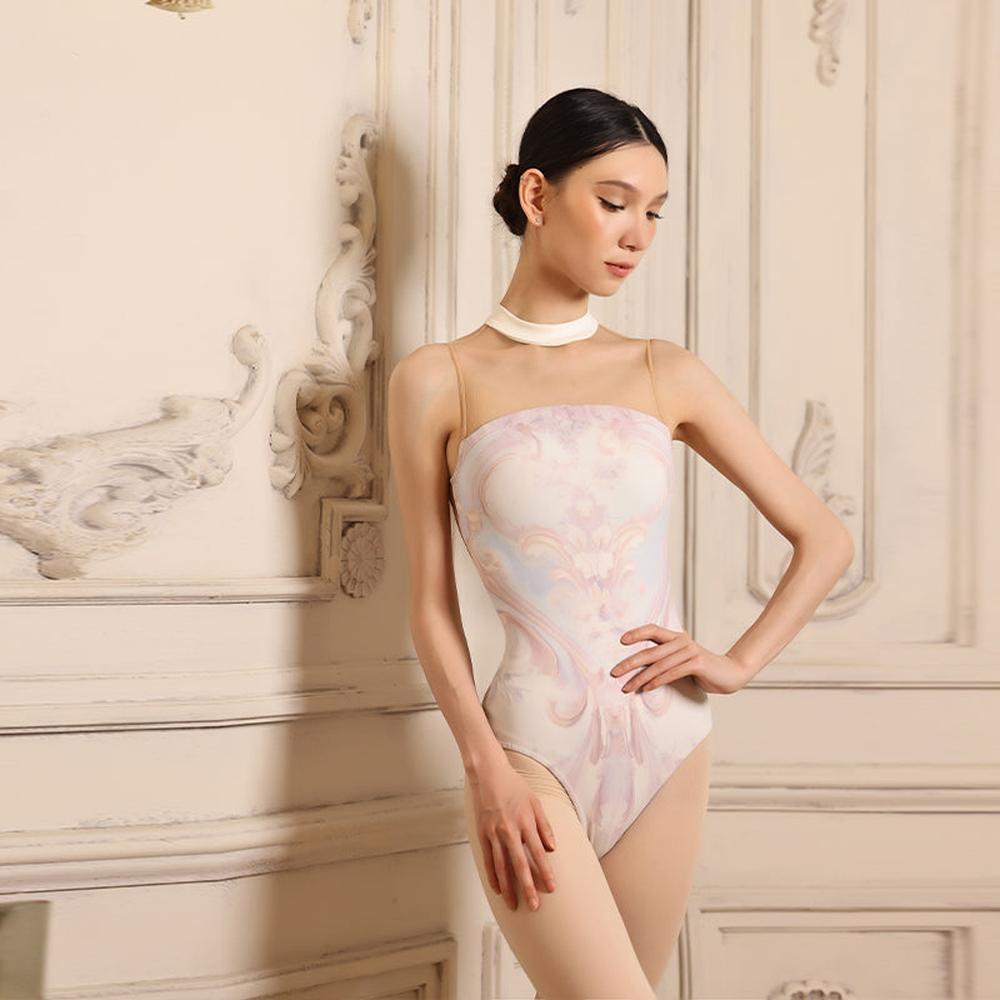

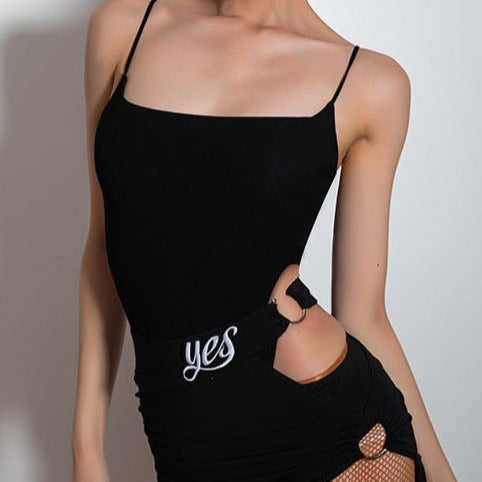
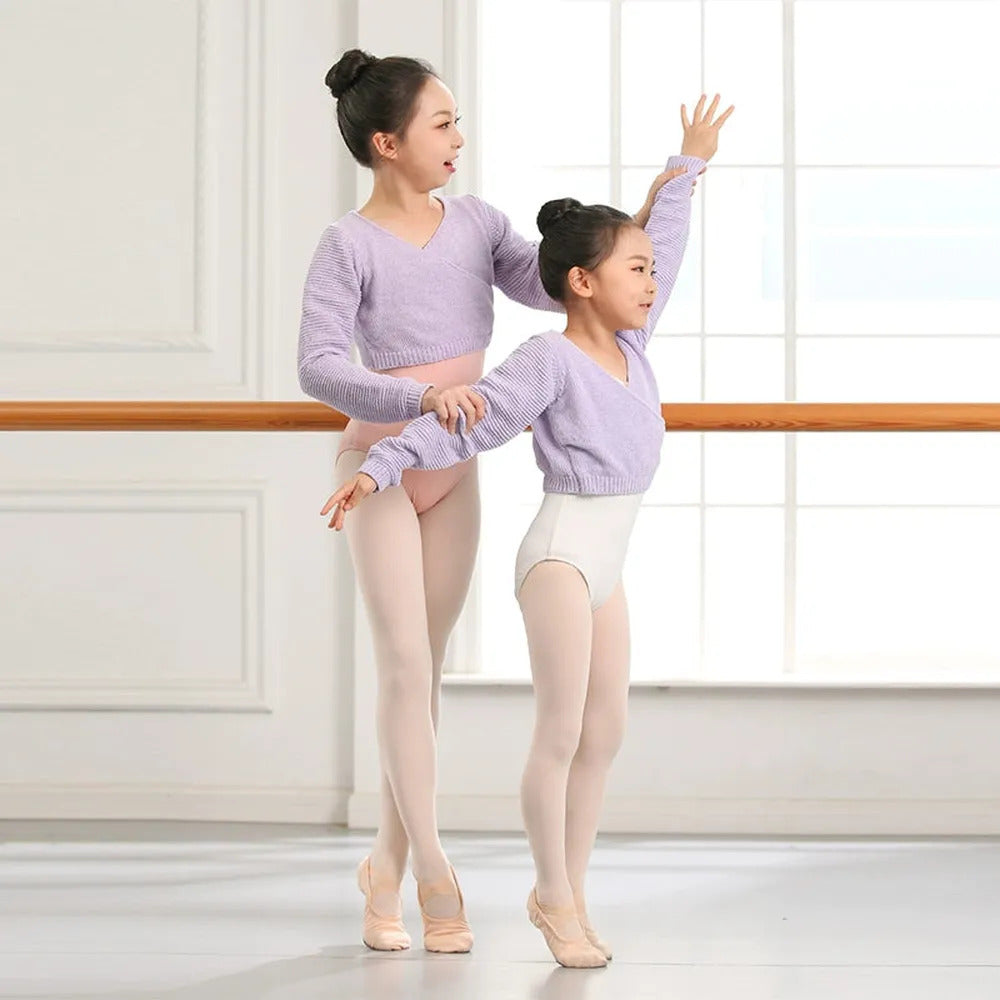
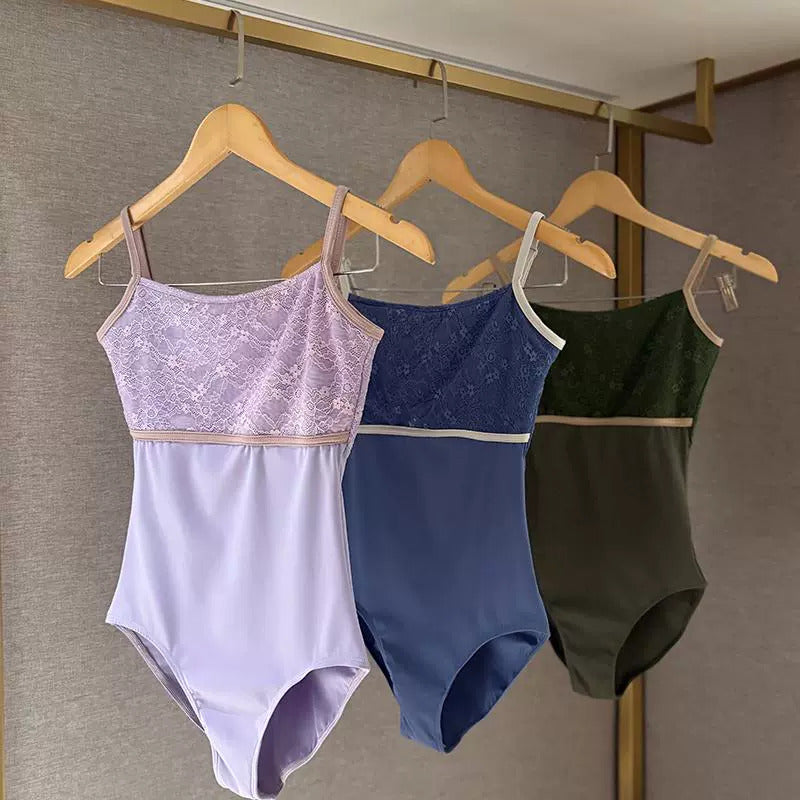

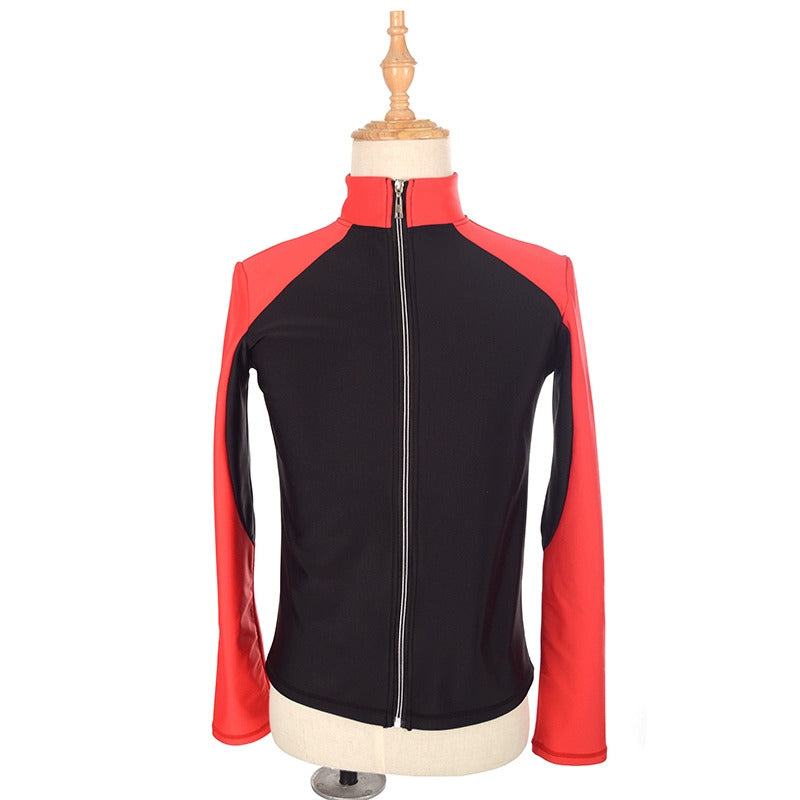
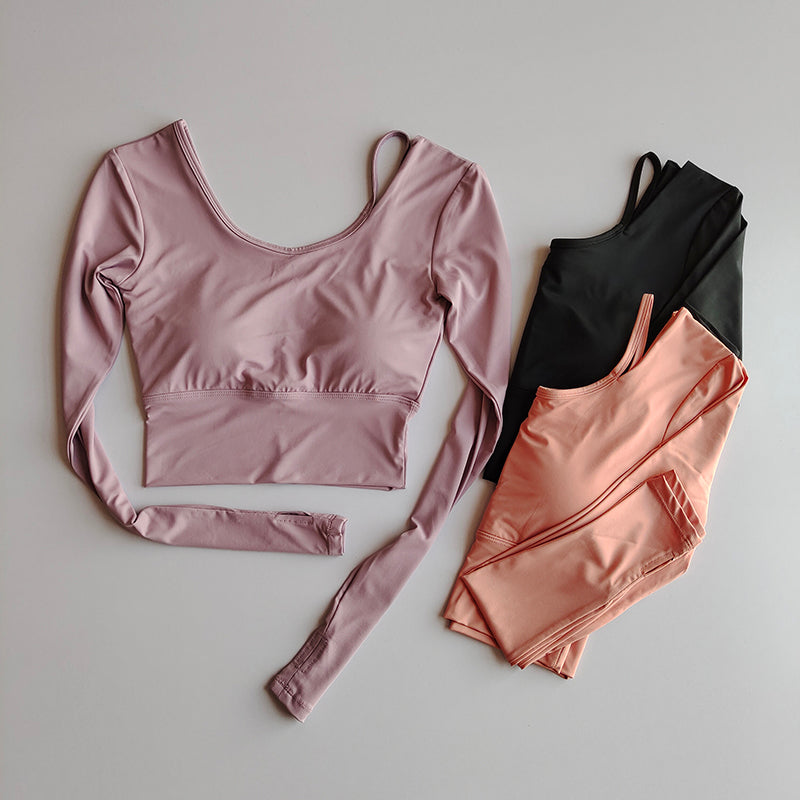
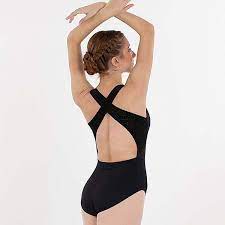
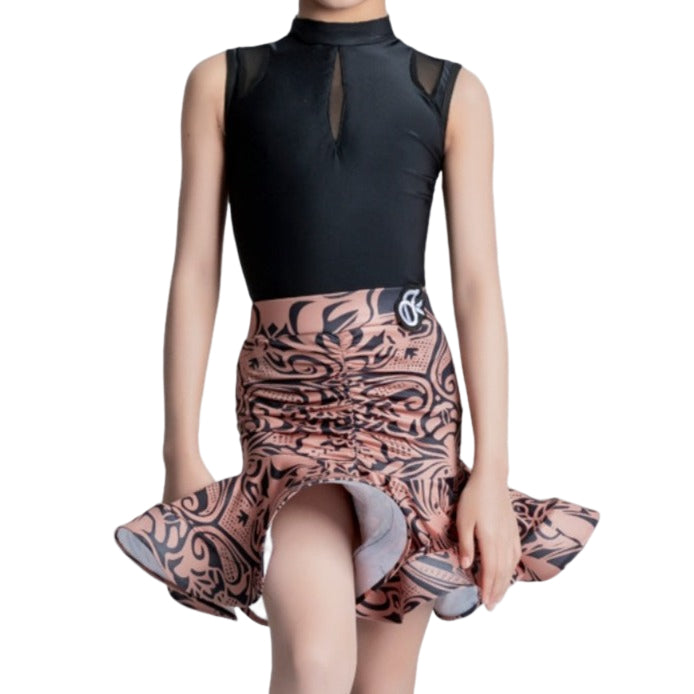
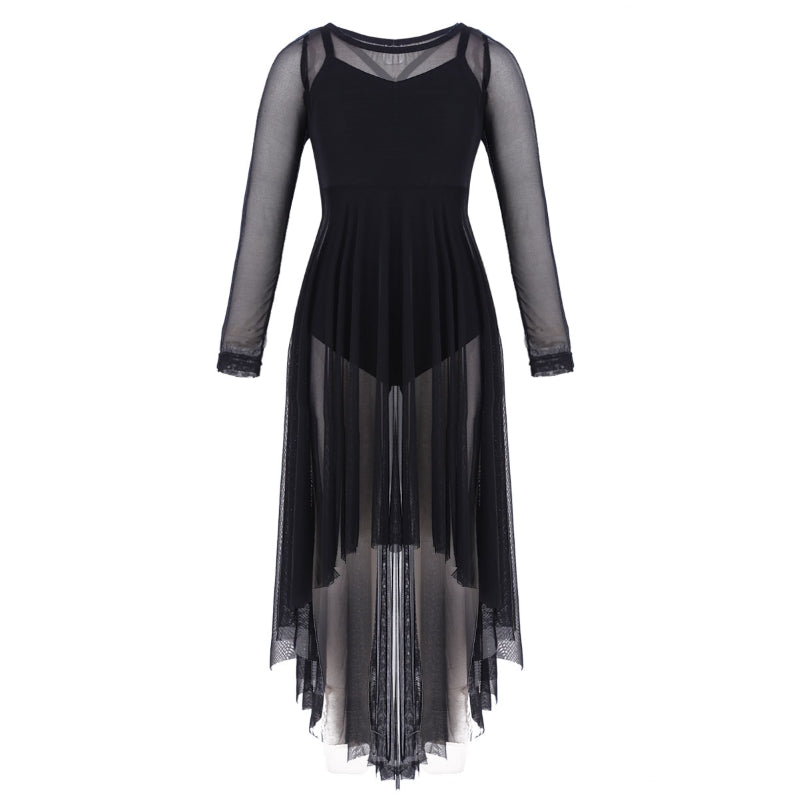
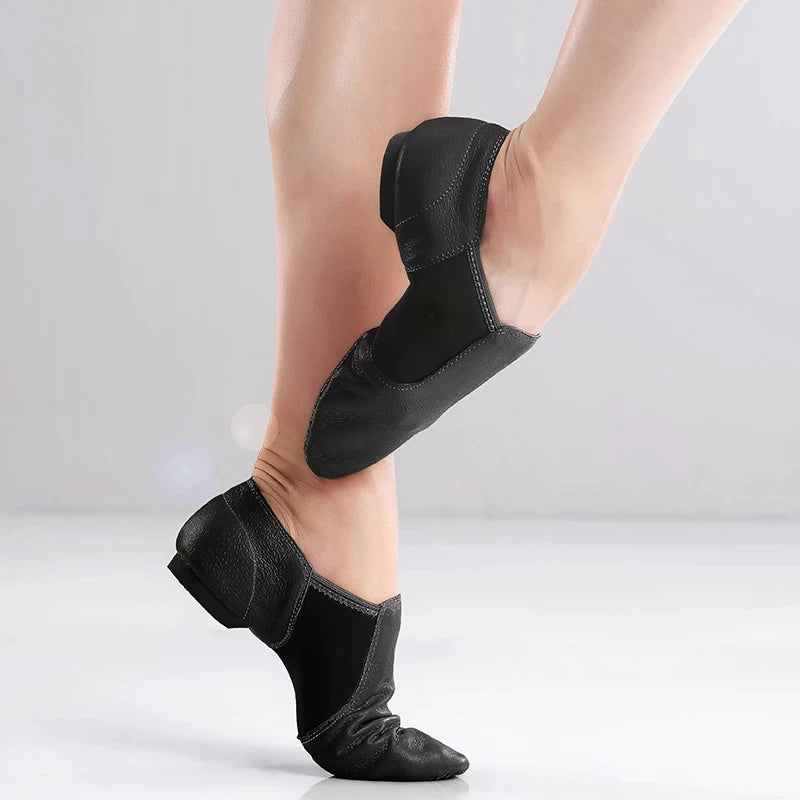
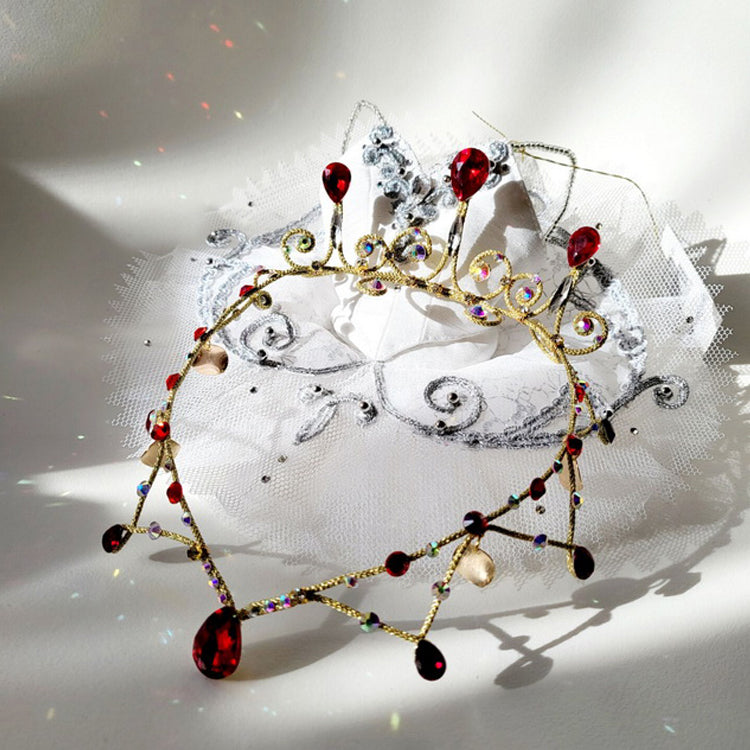
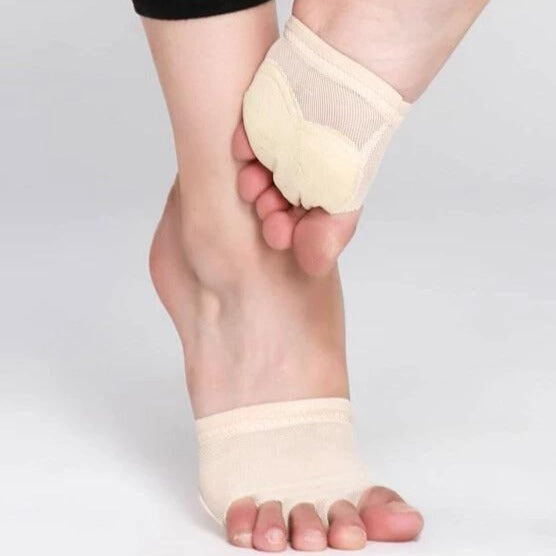
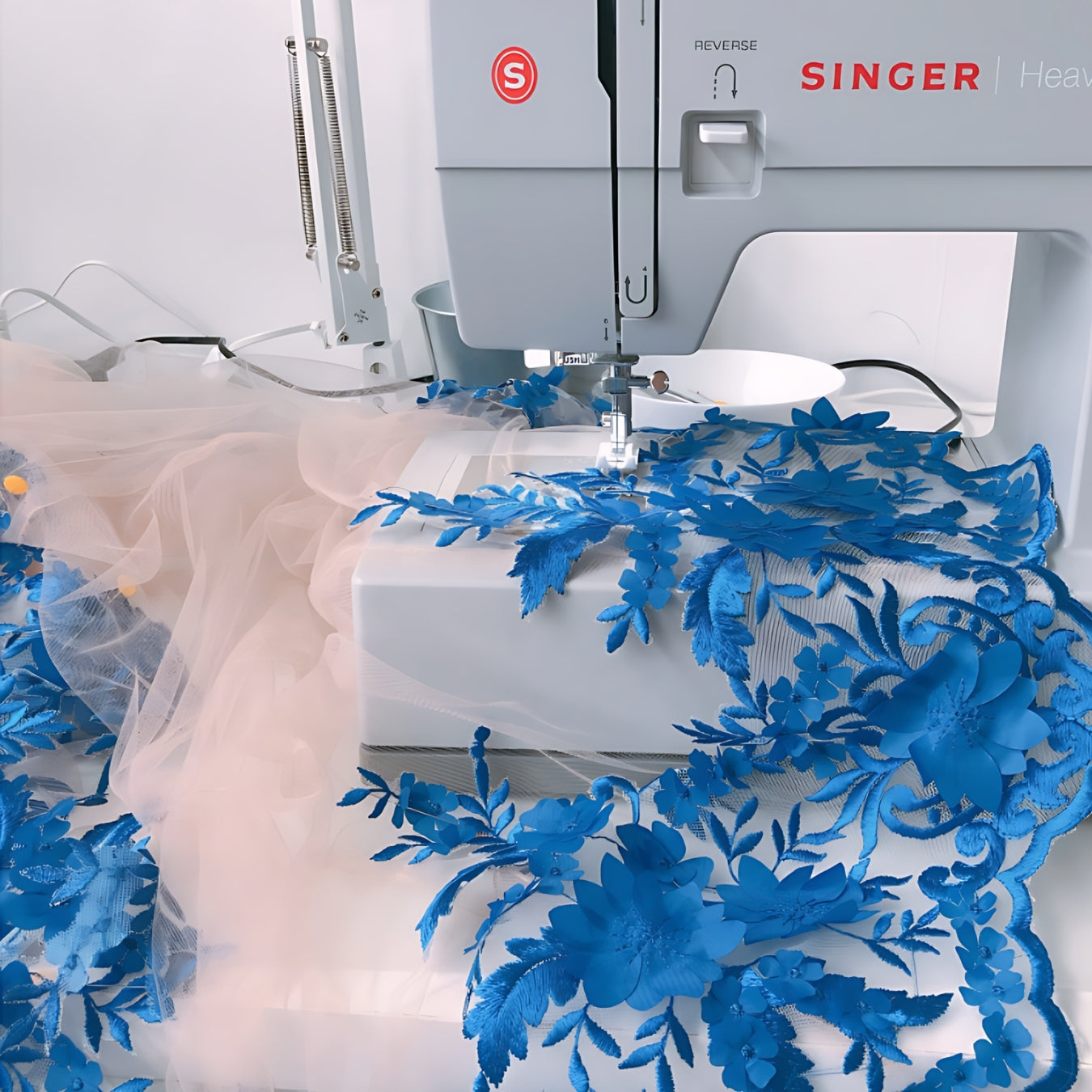
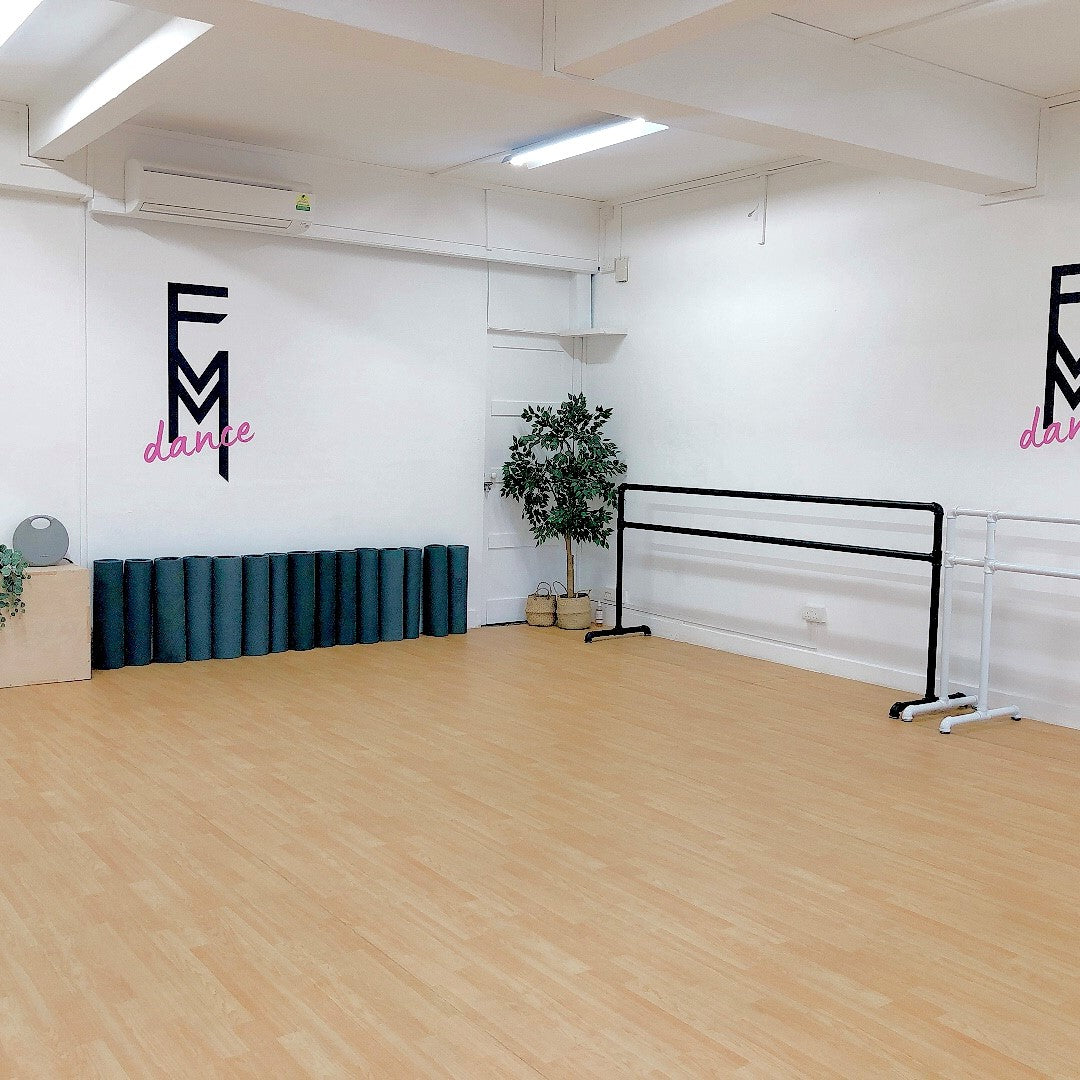
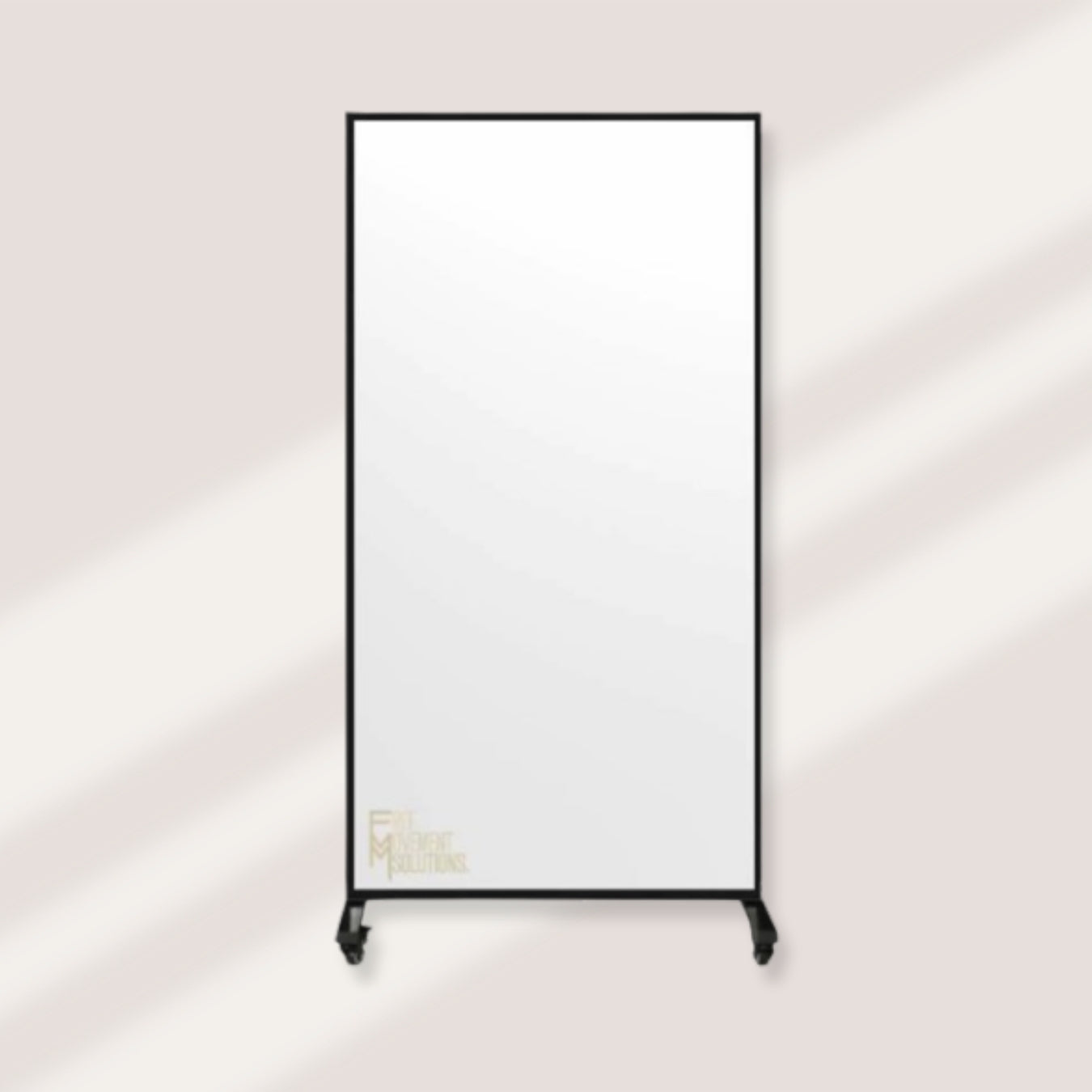
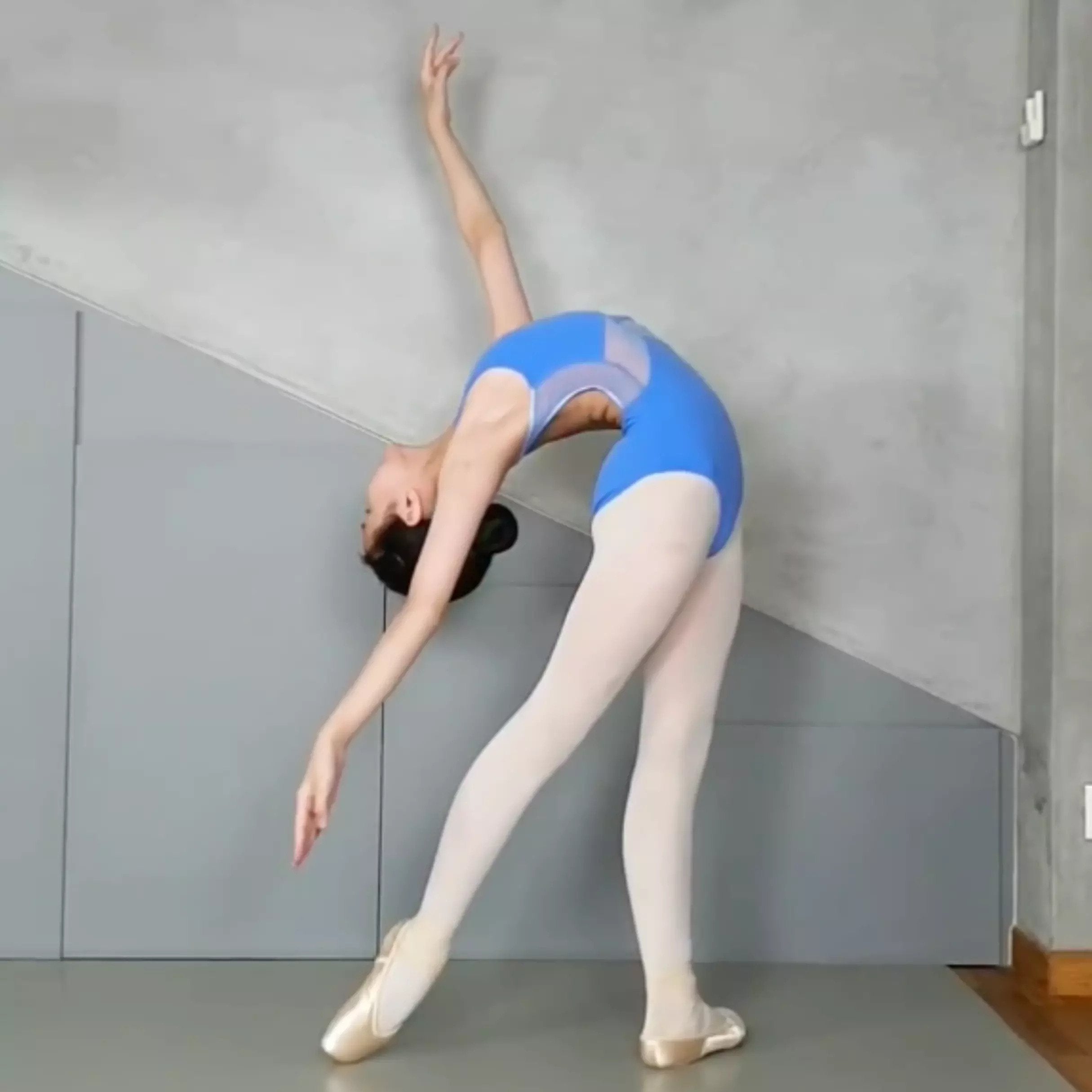
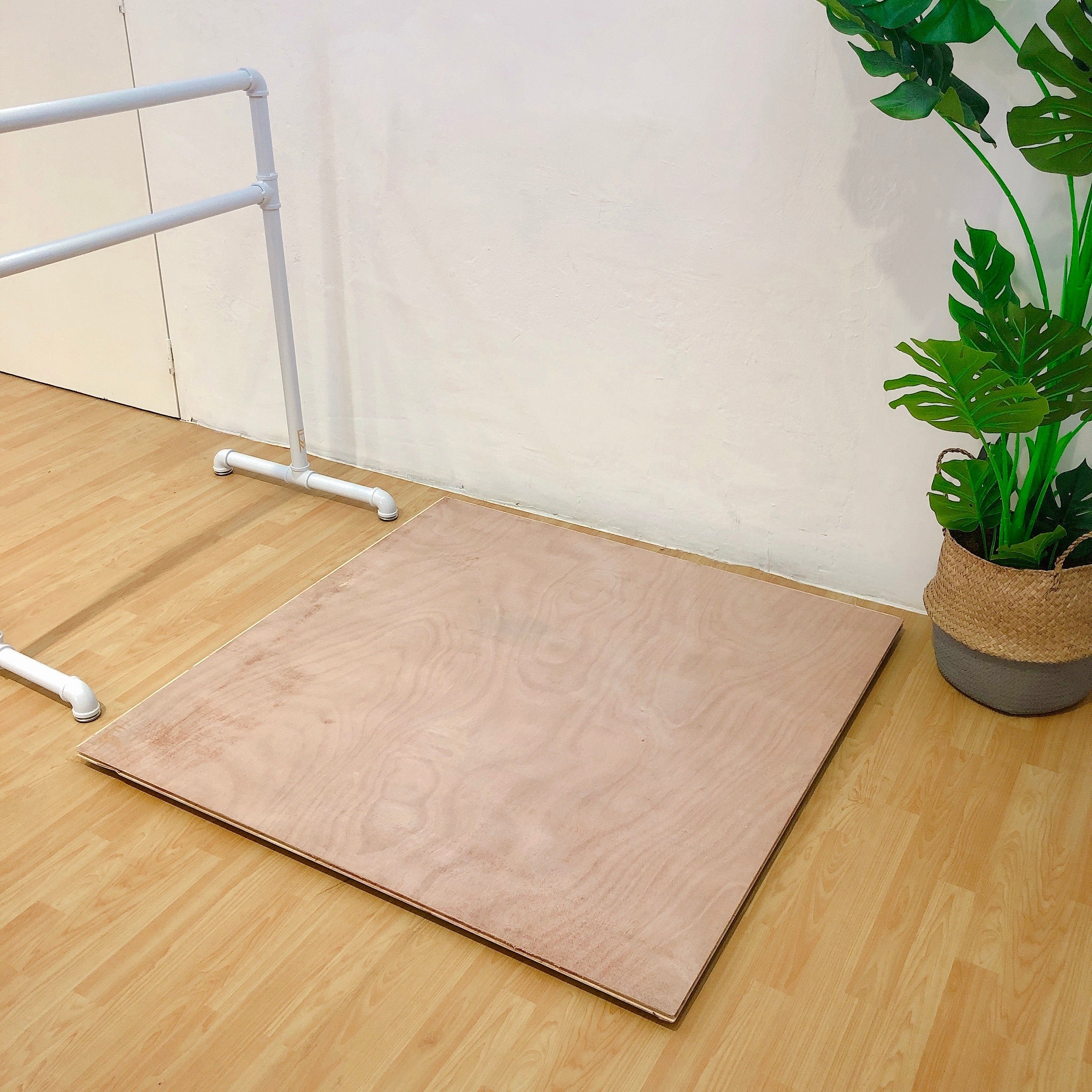
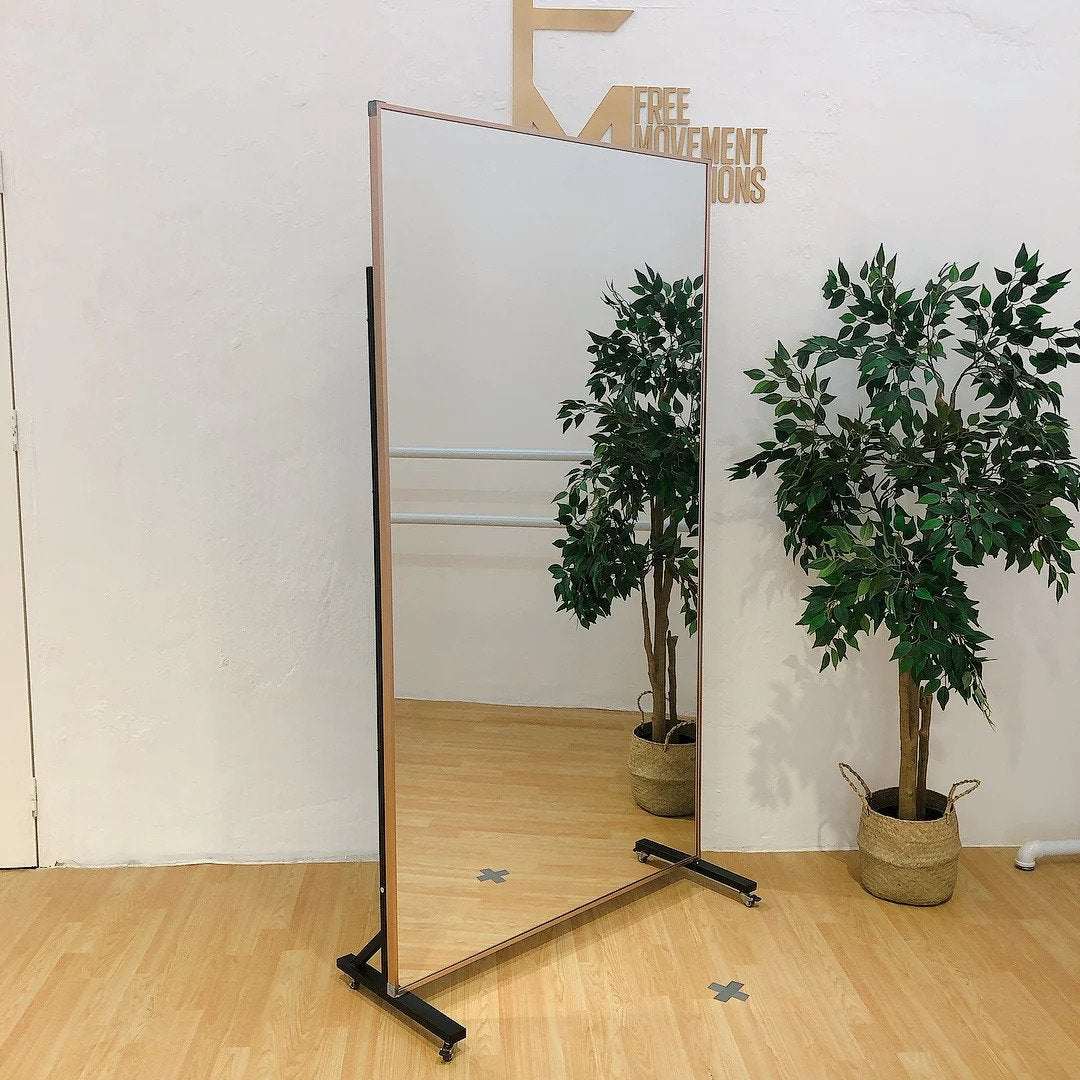
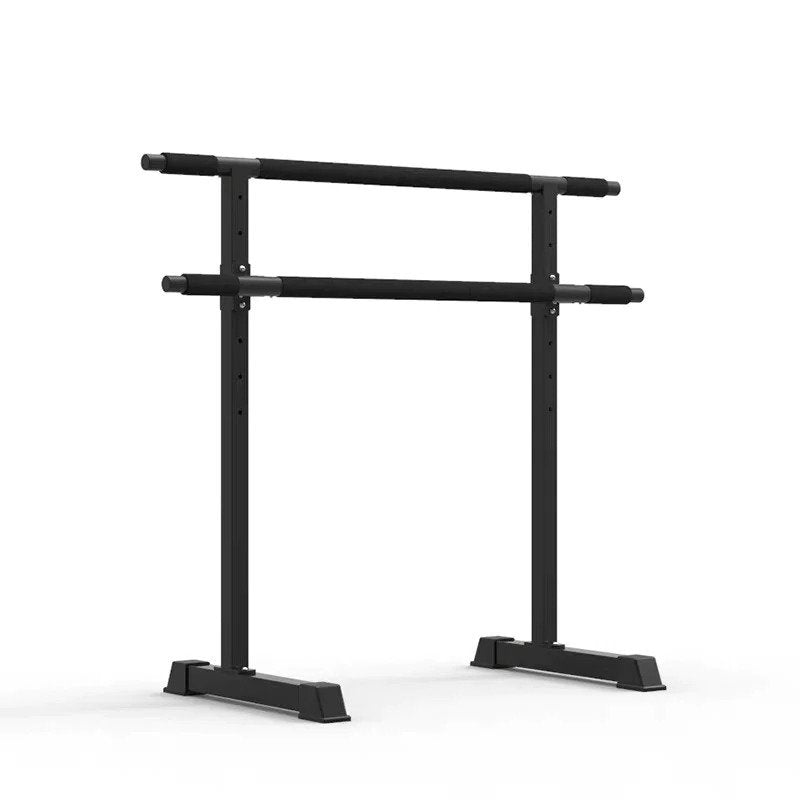
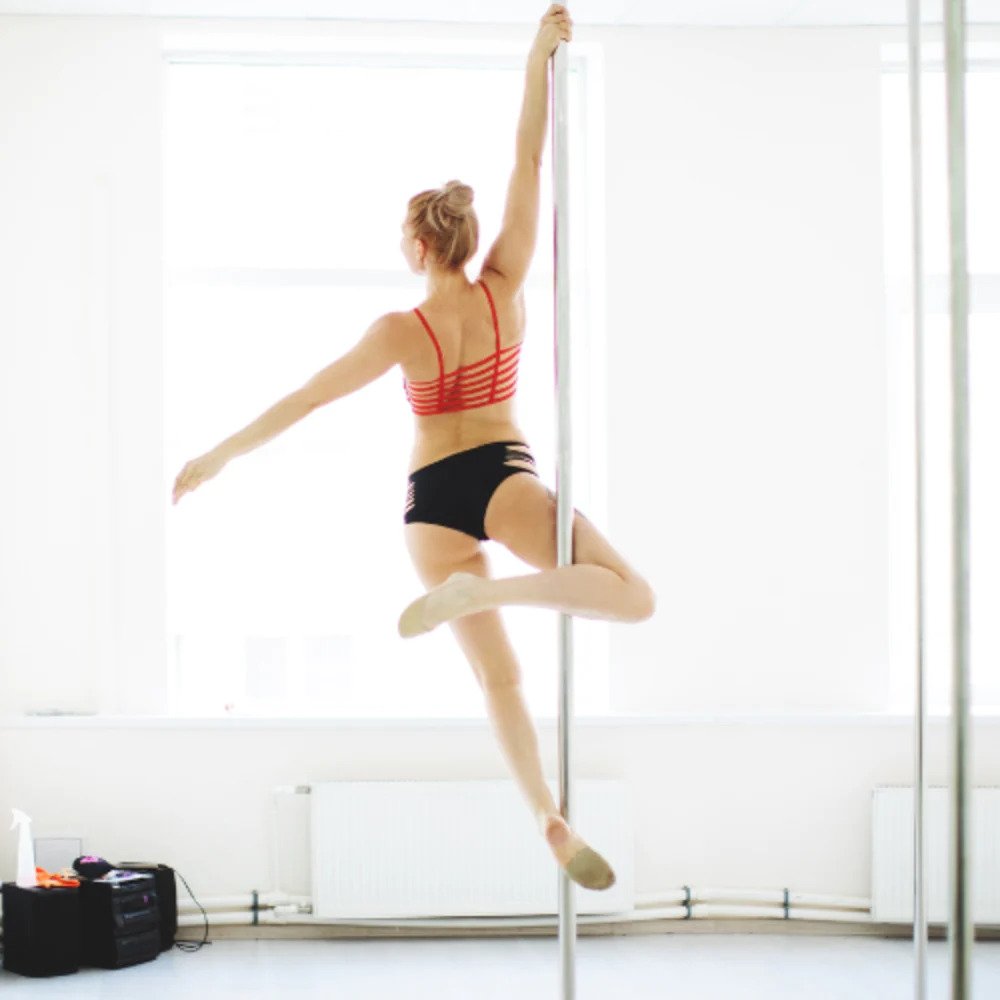
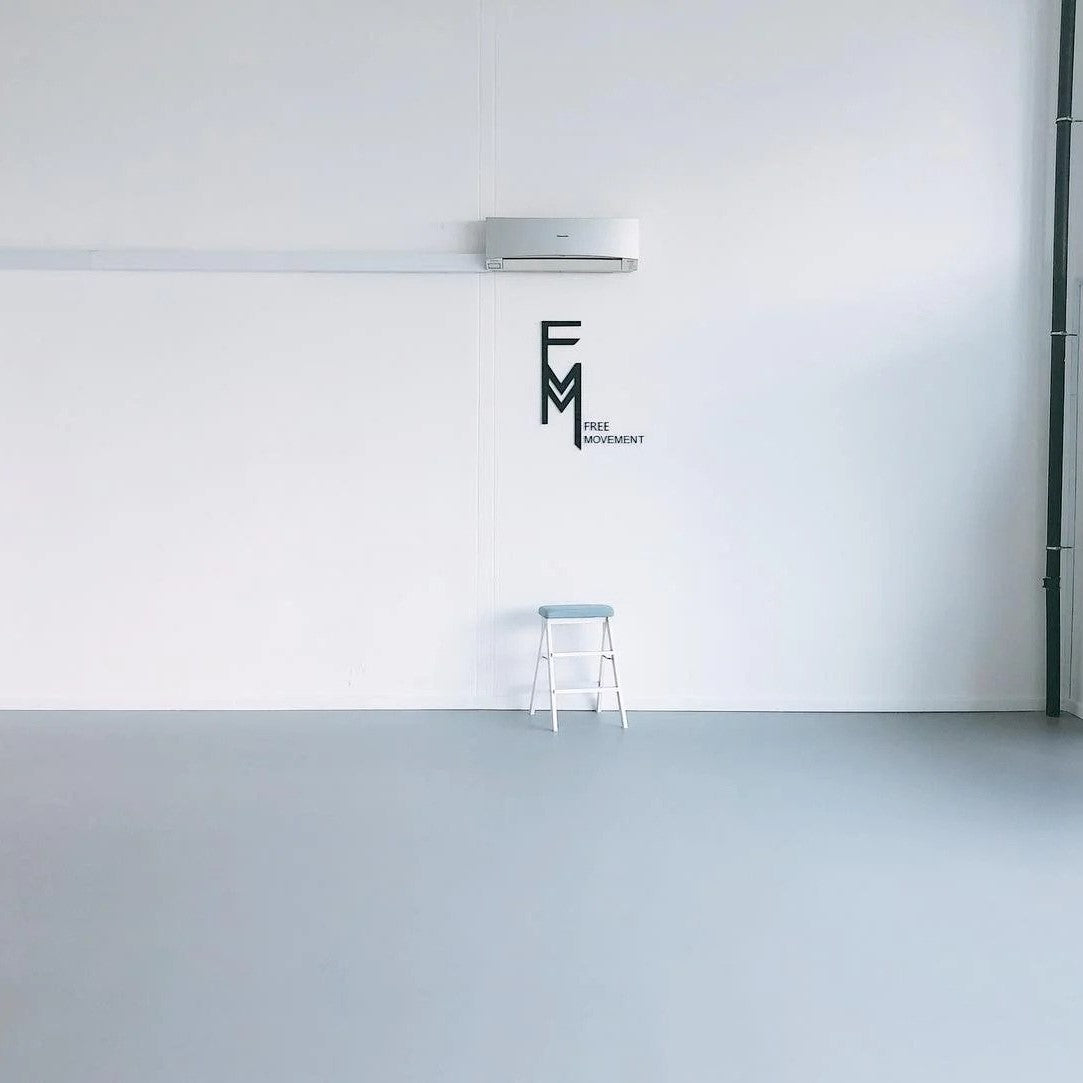


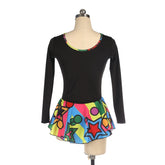

Leave a comment
Please note, comments need to be approved before they are published.